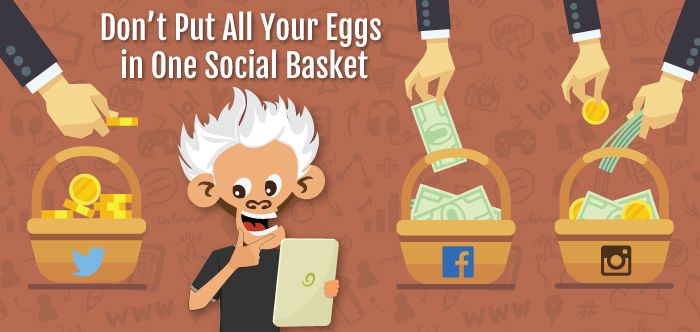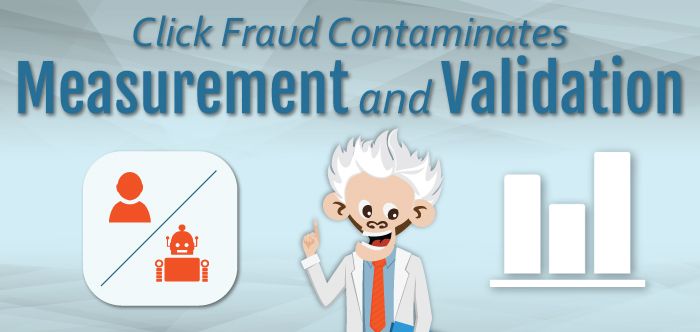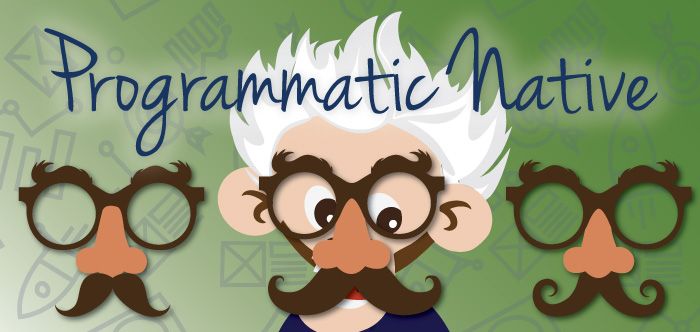
Nearly 70% of all smartphone users look at their phones within 15 minutes of waking up each morning. Their uses may vary; glancing at the morning’s news stories, catching up with friends or watching videos that entertain them. All said and done, we tend to place our mobile devices right smack-dab in the center of our lives.
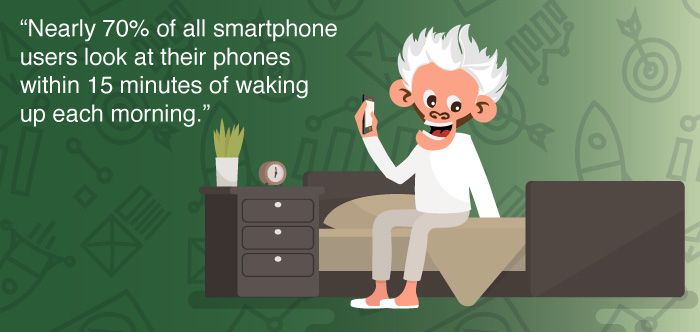
Brand marketers have been adept at transforming content for mobile devices, and the advertising industry is continually striving to keep up. Now, however, the industry is beginning to pull ahead as it adopts and incorporates native ads.
Native advertising is a form of paid media where the ad experience follows the natural form and function of the platform upon which it appears. This allows marketers to create well-designed effective ads that are just a bit “camouflaged.” In other words, the ads tend to blend in with their surroundings. They look very little like an ad, and more like informative content.
By combining programmatic advertising with native advertising, marketers end up with a result that can pack a lot of targeted punch. This is a critical shift, as mobile devices have virtually changed the way that we look at content, and how it affects us in our everyday lives.
The mobile-first audience is being wisely targeted by today’s savvy marketers. This is being accomplished by using new applications and sharp, easily-navigated websites, all tailored to organic actions such as “tapping” and “swiping.” In other words, the old-style banner ads that we once knew as being the only option and effective option no longer meet the standards of being cutting-edge. Simply put, content has evolved for mobile, but advertising, in general, has not.
Massive audience-capturing opportunities are being missed by advertisers and publishers as a result of this mismatch between the ad experience and the content experience on multiple screens. But never fear, there is a solution, and it’s provided by Genius Monkey and programmatic native advertising!
However, they are still the majority of inventory, and still very effective. Yesteryear’s banner ads aren’t as effective as they were a decade ago, just on their own. They don’t fit the form or the function of the page. However, native ads can fit the form and function of almost every publisher’s content - on just about any screen, coming in much closer to the mindset of the consumer. These ads offer people positive user experiences. In addition, they result in ads that perform well for advertisers and publishers.
Here at Genius Monkey, with the right combinations of Native-based ads we see an average uplift in conversions as high as 15x. Sounds crazy, right? Without giving any secrets away, we believe the combination of highly-targeted native and banner ads are responsible for this.
The New York Times recently realized an increase of 600% in their click-through rates as a result of launching a suite of native ad formats. These ads were fully responsive, and were tailored for content that was presented within the format of the Times’ websites and applications, making them appear as though they really did belong there! After releasing these ads, not only did the click-through rate soar, but the viewable impressions were lifted by 400%! This is, of course, after the publisher adapted specific ad formats that were based on what the users were most likely to respond to. This was done by layering first-party data.
As another example, Grupo ExpansiÓn (a Mexican publishing company) was able to increase the viewability of their advertising by 36% on desktop and 25% on mobile web - all by deploying native ads.
Programmatic buying allows advertisers to make native ads even more relevant. By leveraging machine learning and contextual signals, programmatic native ads can be tailored to both the user and the placement at scale, resulting in better performance for advertisers.
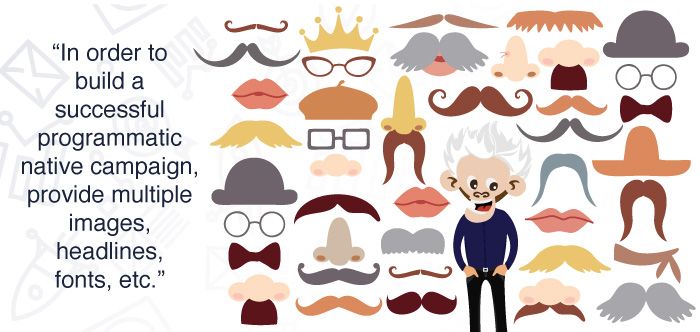
In order to build a successful programmatic native campaign, provide multiple images, headlines, fonts, etc. to facilitate the variance for the allowance of different inventory styles, as well as formats.
In order to display ads that are relevant to the content of the page, combine native ads with contextual targeting. As an example, an ad for a tennis pro shop could appear on a website or application about tennis tournaments.
In order to optimize programmatic campaigns holistically, measure native ad performance in comparison to other ads. To assure that native fits seamlessly into your broader marketing strategy, it’s imperative to manage reach and frequency across campaigns.


